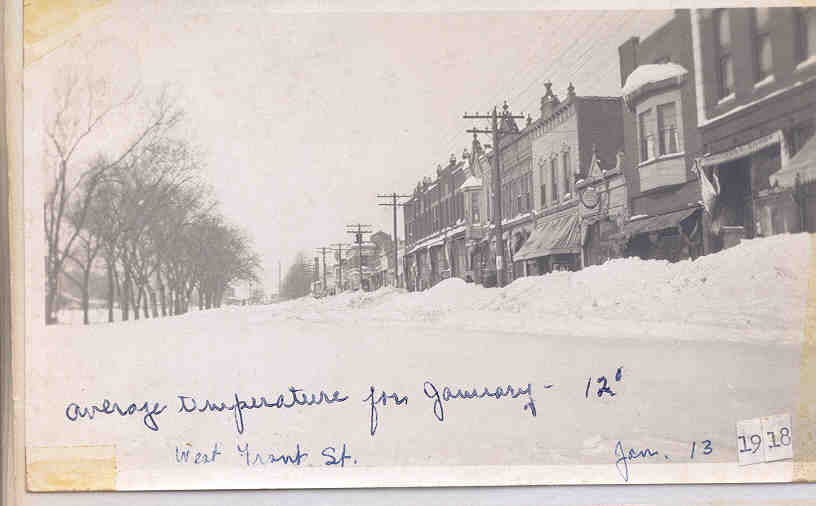
The first great local storm was the cyclone of May 13, 1858 which killed James Kirklin and did much damage. Snowdrifts covered fences in 1898, and then a two-inch thick sleet was frozen so hard on top of the snow that sleds sometimes disregarded the fences. The worst storm to hit El Paso in recent years was the big wind and hail storm on the evening of May 15, 1915. This storm wrecked the fair amphitheatre, damaged many buildings, and filled the streets with broken trees. Hail stones as big as walnuts were so thick on the ground after this storm, that walking was difficult and riding a bicycle impossible.
A sleet storm on December 17, 1924 made the country look like a jeweled fairyland, but it cut off El Paso electricity for fourteen days for a new record, and it took repairmen two weeks to repair telephone, telegraph and electrical lines. Again in January, 1948 a severe sleet storm struck, and on January 28 thirty farmers joined city men in cleaning up the littered streets in sub-zero cold, building bonfires to keep warm. This storm cost the El Paso Telephone Company dearly and took out miles of their lines.
One of the greatest snowstorms in recent winters occurred January 12-13, 1918 when the snow was some two feet deep on the level, with

West Front Street, January 13, 1918 after the Great Snowstorm.
Page 147